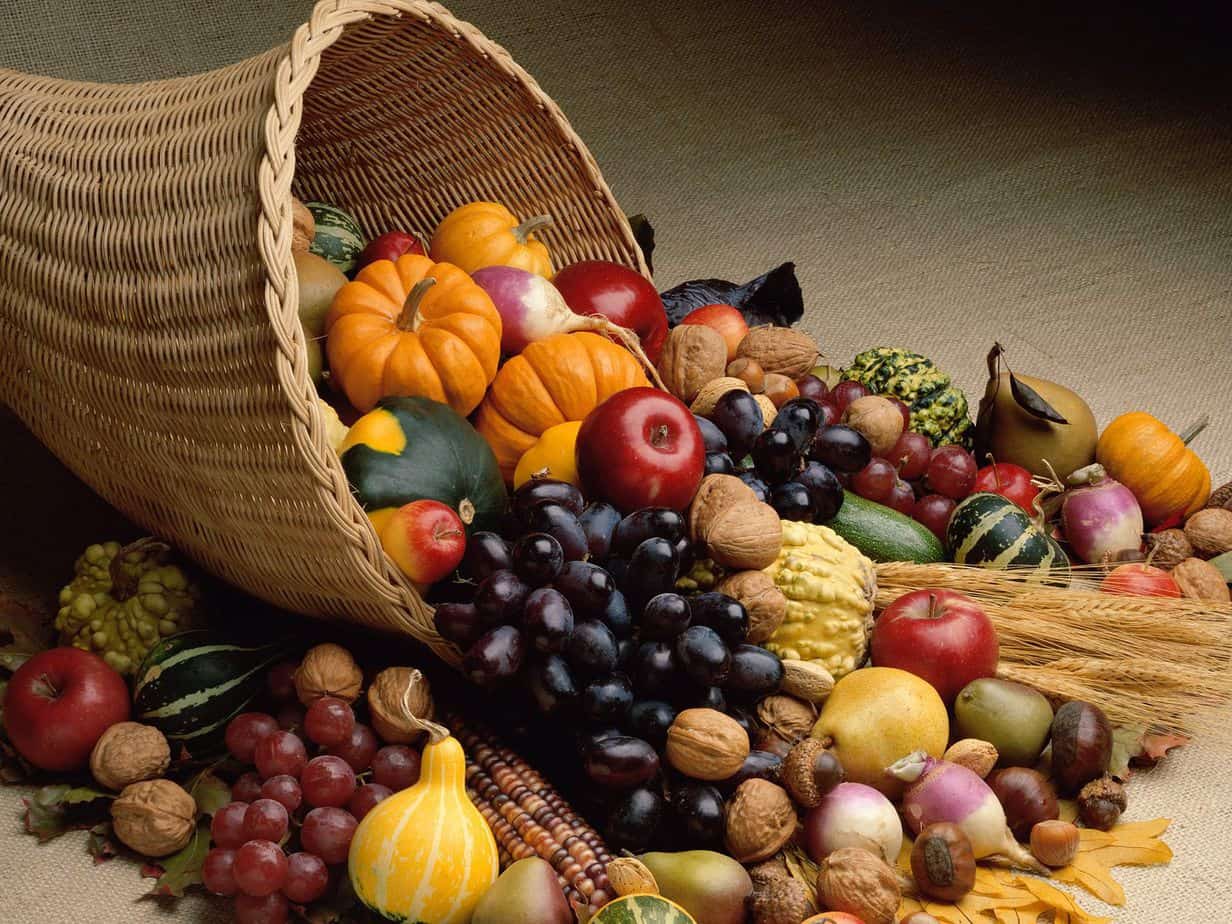



In the following months, bountiful farming conditions are expected, bringing further positive news to the agricultural sector. According to the newest Australian Agriculture Outlook study from Rural Bank, a better and more favourable combination of conditions is likely to last through 2022, as supply and demand continue to increase. The bank’s analysis comes after the Australian Bureau of Agricultural and Resource Economics and Sciences predicted last week that Australian farmers would have a record year due to favourable growth conditions and high worldwide pricing.
Australia’s agricultural production is forecasted to reach a record $78 billion in 2021/22, according to ABARES, with the most valued winter crop ever expected to be worth $22.3 billion. The Rural Bank’s prognosis, released on Tuesday, examines the performance of six industries – cattle, farming, dairy, horticulture, sheep, and wool – and forecasts an increased demand for both export and domestic commodities as the economy picks up speed. “It’s not often that we have such robust commodity prices, good output, plus lower interest rates,” said Andrew Smith of Rural Bank.
Among the main benefactors are cattle, winter crops, and horticulture. Due to more cattle attaining appropriate slaughter weights, Australian beef production is predicted to rise by 12% in the first half of 2022. Prices have doubled in the last three years, so cattle ranchers with young calves have witnessed cattle prices well beyond $2000 a head.” According to the Rural Bank, cow herds are expected to increase by 5.6%, while the national sheep flock could increase by 4%.
Growth in dairy is more subdued with a 1 to 2 per cent increase in production and a farm gate milk price at 6.2 per cent above the five-year average. Shoppers can enjoy cheaper grapes and avocados this festive season, with a 150 per cent rise in the number of Hass avocados produced. Grape prices are also expected to be driven down thanks to production numbers being up for the 2021/22 season. Wool growers enjoyed strong performance with the US importing 11 per cent more woollen household goods than the equivalent period last year, while cotton imports into the US also rose almost 35 per cent.
As the recovery from COVID-19 continues, the report says wetter conditions will deliver greater yields to meet rising global demand for Australian produce. Mr Smith says wet weather in the eastern states has impacted the horticultural industry and grain growers, while supply chain issues and COVID-19 have presented challenges. The better conditions, in relation to some trading partners, have proven to be a positive for farmers.
Article by: Hari Yellina (Orchard Tech)